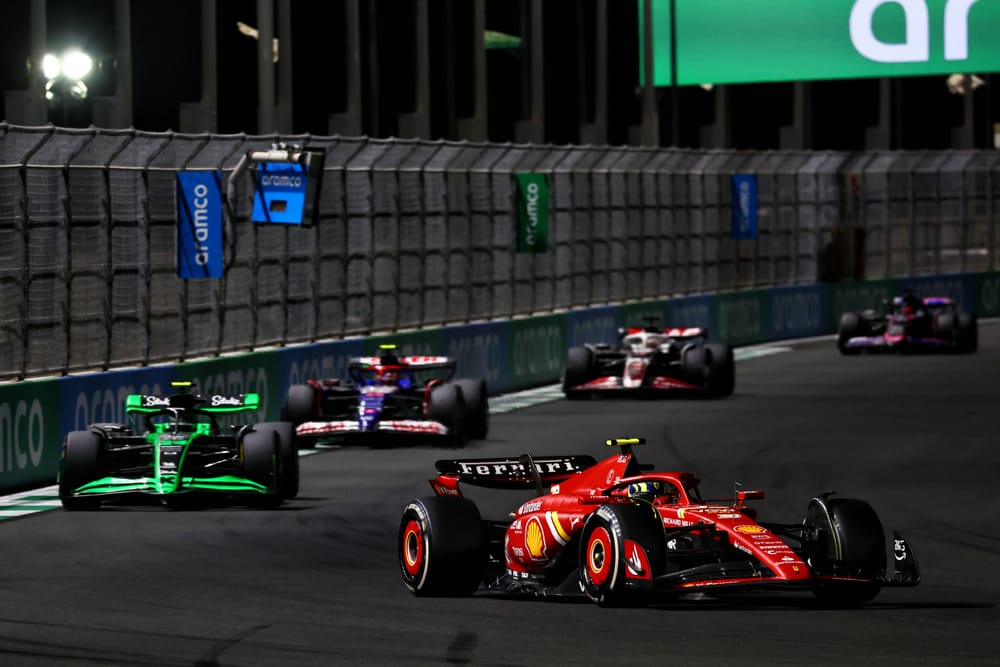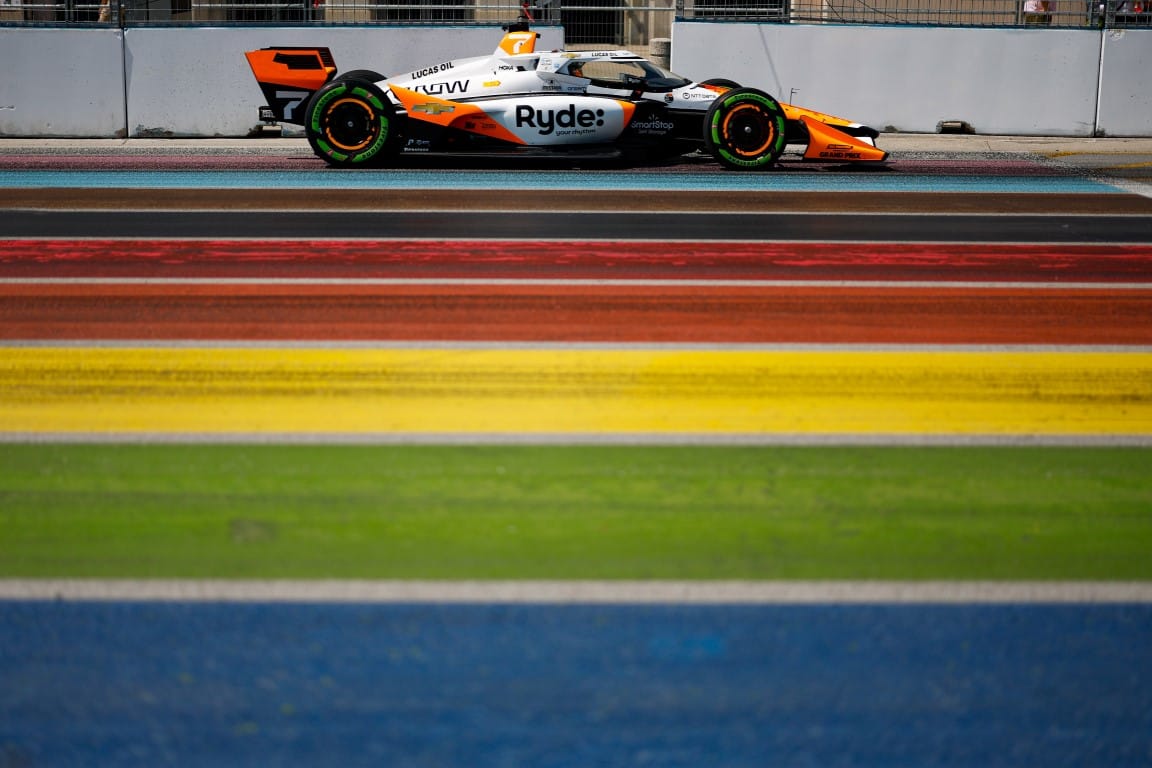Up Next

Surely having someone travel over 4000 miles to jump in a car they've only raced five times before, on about four hours sleep, to drive in a street-fighting qualifying session on a track they’ve never driven isn't ideal?
That's what Theo Pourchaire did for the McLaren IndyCar team in Toronto last month, which makes you think: why don’t IndyCar teams have a reserve drive they can access at all races?
Brushing aside the lack of sleep Pourchaire had and the way that could've hindered his performance - you can't police sleep after all, and Max Verstappen is usually pretty good after a late-night gaming session for example - it just can't always be the best option to have someone coming in so unprepared.
I can understand in the past why IndyCar teams haven't had reserve drivers. It's a significant cost to consider, those drivers need to be racing elsewhere to stay match-fit, there might not always be drivers good enough available for an IndyCar back-up job, and they're only needed a few times a season at most.
But when I went back and looked at how many times stand-ins have been needed in the last five years, it's roughly two races per season. Whether that's lower or higher than you expected, it’s certainly significant.
Especially when IndyCar's points system rewards even those retiring from races, and the top 22 in teams' points is closely-fought and awards $1million via the Leaders Circle prize fund.
It's worth keeping in mind not all of those stand-ins have been injury-related either.
Let's look at the reasons why reserve drivers haven't been an IndyCar policy and make the case for why they should be.
It's expensive
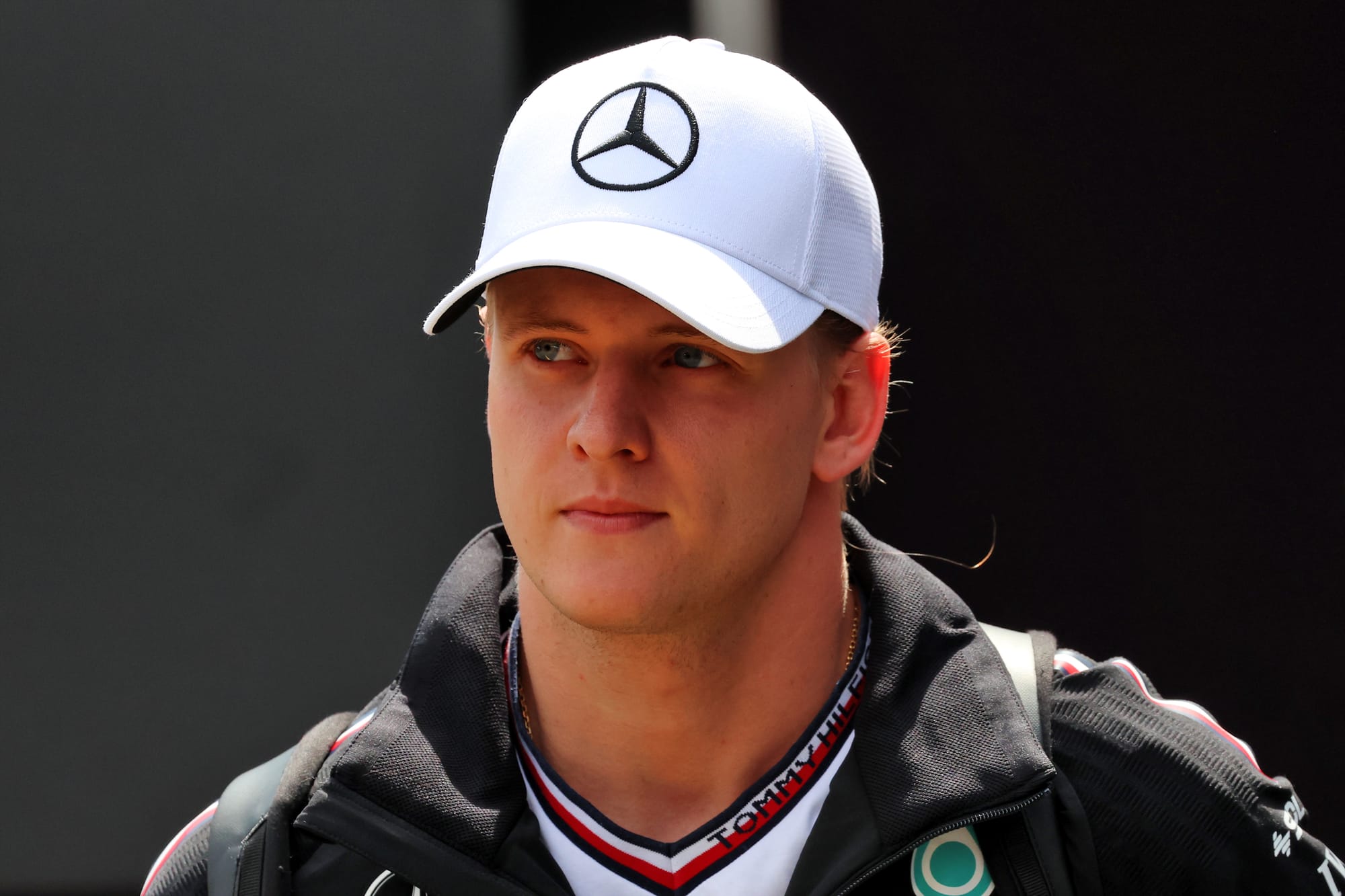
Formula 1 has provided a blueprint for how you can move forward in a cost-effective way with reserve drivers: you share them.
For example, Mick Schumacher is Mercedes' reserve driver and is also available to its engine customer McLaren, while he has also tested for Alpine. Ollie Bearman - who got to race for Ferrari in Saudi Arabia earlier this year - has been shared by Haas, while Ferrari in general has a rotation of drivers it uses.
IndyCar has a perfect way to mimic this: it could have one or two reserve drivers per manufacturer with Chevrolet and Honda. Or just have one driver who can be available for the whole grid if the cost is such an issue.
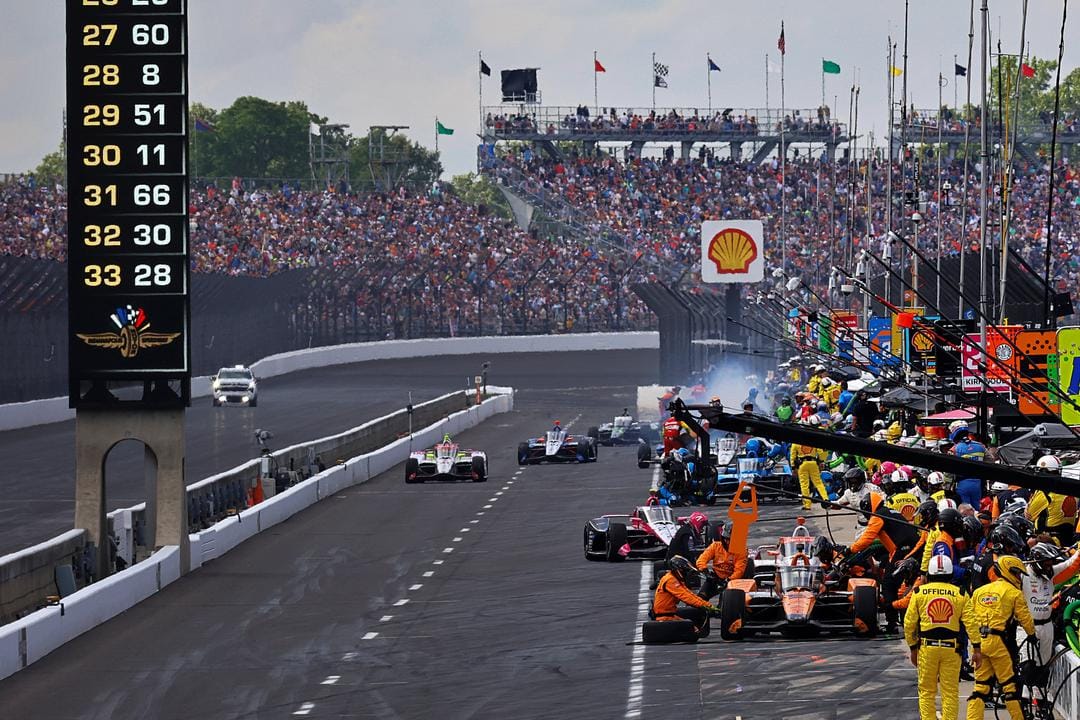
If each team chipped in $10,000 you’d have a kitty of $100,000 for the whole season to pay a stand-in, and you could have a selection of drivers available in case one of the selected is racing elsewhere on any given race weekend.
The wage would help keep a driver in work; with almost every IndyCar seat outside of the top teams requiring some sort of budget unless you’re proven, getting a seat is much harder these days and more quality drivers are missing out.
It could be even more cost-effective, too. If Chevrolet and Honda pitched in, they could use the reserve driver for simulator days on short notice when other drivers aren’t scheduled to be at the respective factories, or even just be available for consulting and helping to perfect the simulator programmes, which are written by the teams.
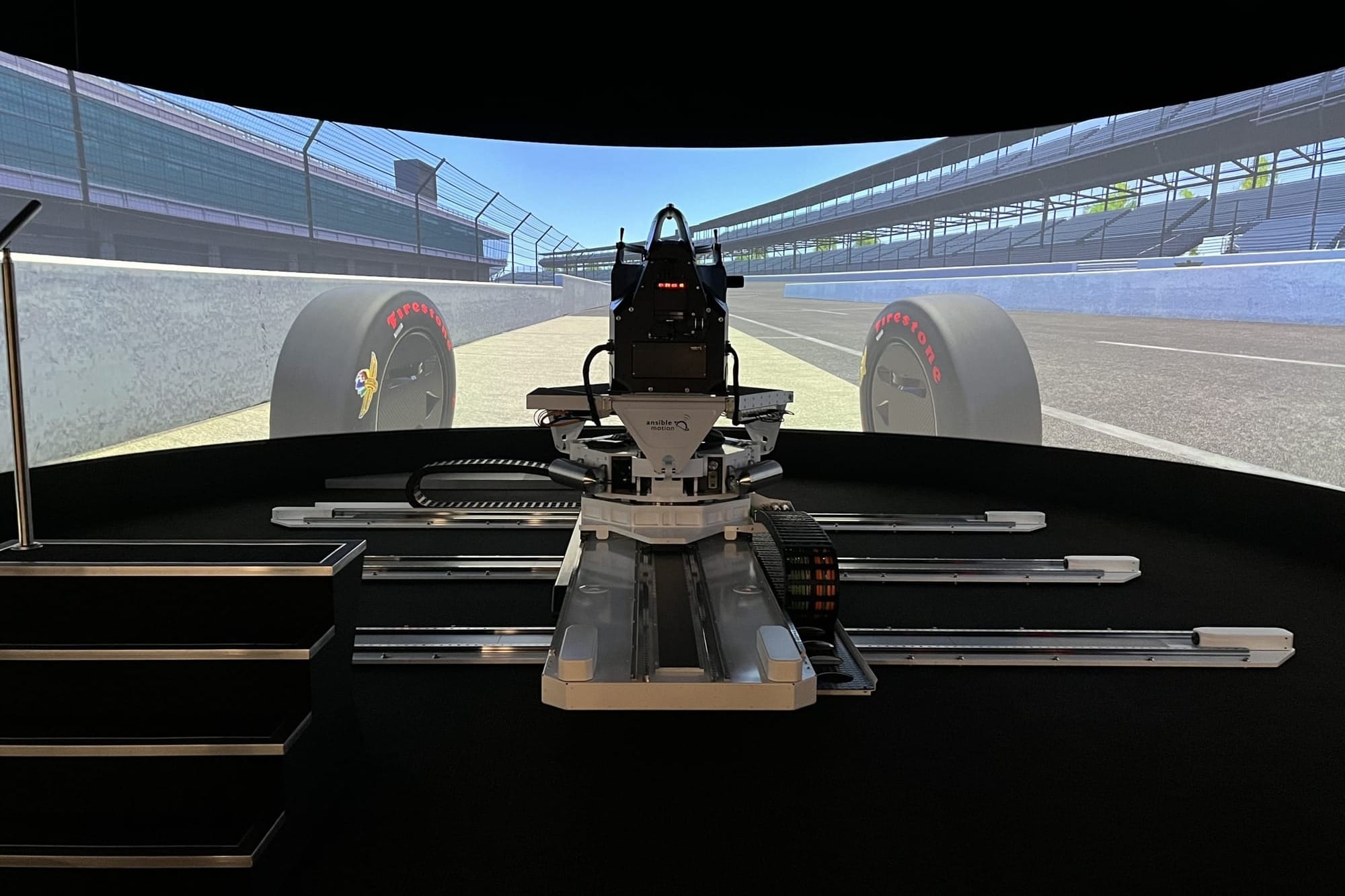
This is what most F1 reserve drivers spend their time doing.
IndyCar could even get in on the act and have that driver in to consult on its next chassis or development pieces it’s planning on running, to take away any advantage of a handful of drivers getting more info or testing than others.
One further point. Rahal Letterman Lanigan has had Juri Vips in a quasi reserve role this year across IndyCar and the IMSA SportsCar Championship and has praised his work in the simulator. He actually doesn't have a race programme, but RLL has valued his input and shown that reserves can be useful in IndyCar.
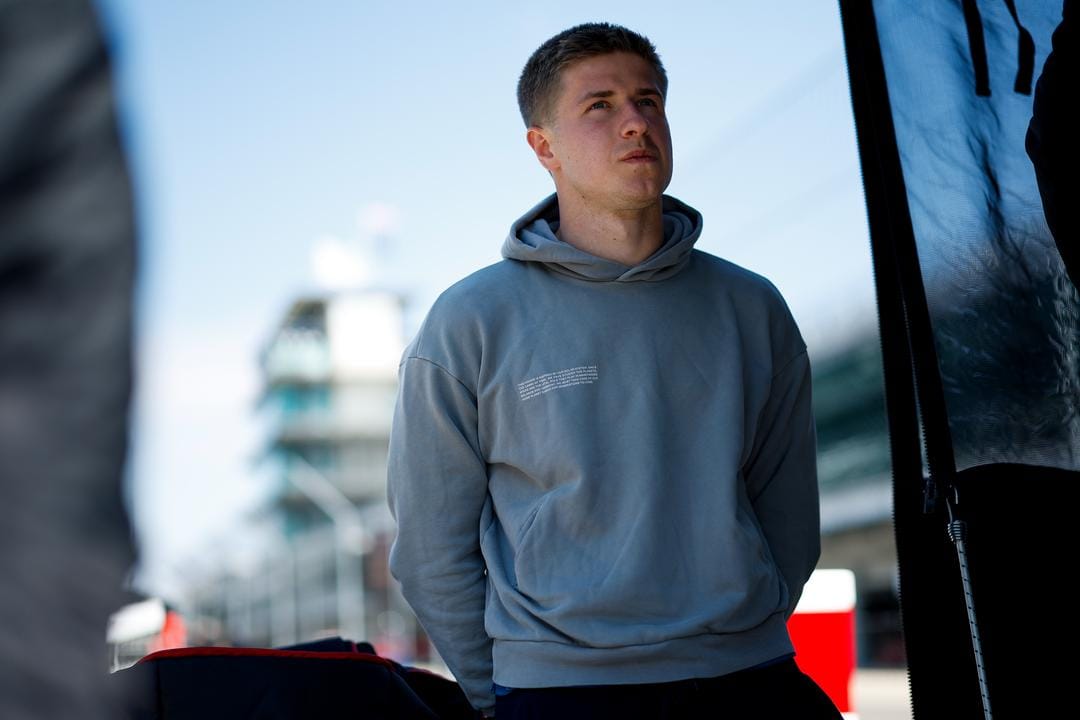
Teams can also use the reserve to entertain sponsors. A huge pillar of sponsor activation and returns in IndyCar is having a driver accessible to give tours around the garage, chat to people about the series and generally make the sponsors feel special.
If the reserve could do this, it frees up the race drivers to focus on their performance and preparation.
Drivers need to race to be sharp
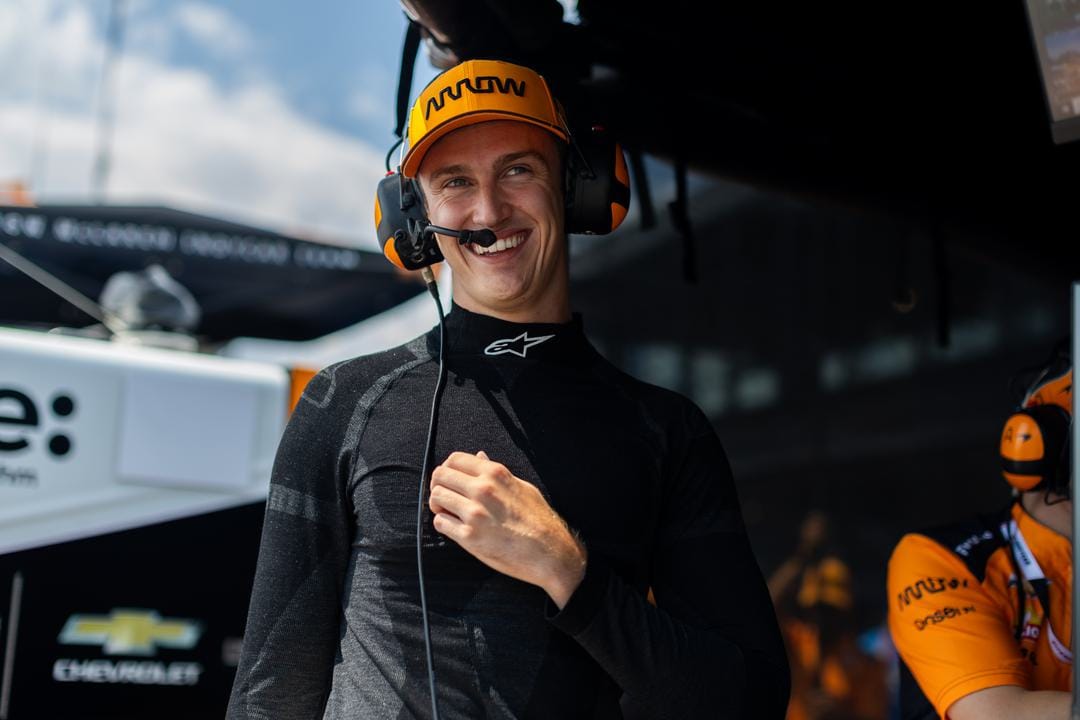
Almost all of the F1 reserve drivers have a racing programme of some sort.
IndyCar could have the same model of two or three drivers rotating and available across multiple teams if needed, so that if one is racing on any given weekend, another driver is available.
Let's use two examples of stand-ins from this year. If Pourchaire was the Chevrolet reserve, but was still racing in Super Formula, Conor Daly could be available. And vice versa if Daly is racing...basically anything with wheels. He drove four cars in seven days last month, including an IndyCar as a stand in for the injured Jack Harvey at Iowa.
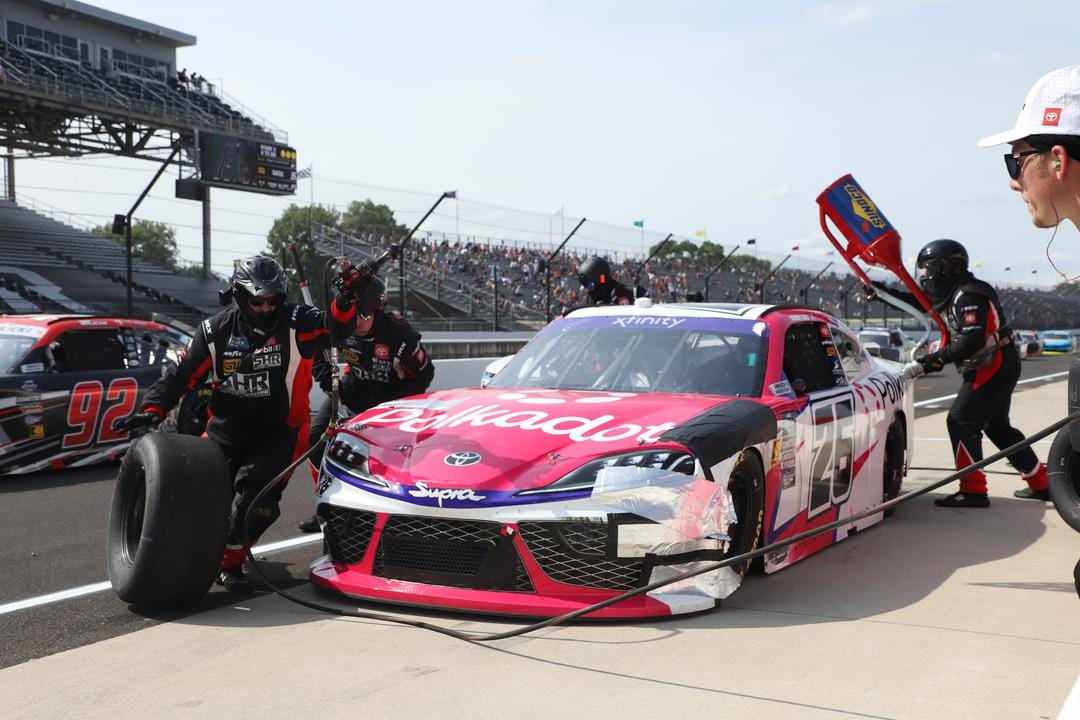
Daly is also a good example because he's always someone considered high on the list if you need an oval driver. Pourchaire has never done an oval race. If you're a team in need of a stand-in on an oval, the pool of drivers you can choose from with experience shrinks dramatically.
That's just another reason to have a permanent standby with relevant skills.
It's only needed a few times a season
This is true, and there's very few occasions a team hasn’t found someone suitable to drive.
However, the competition is so tight in IndyCar that being better prepared for these scenarios certainly is never a bad thing.
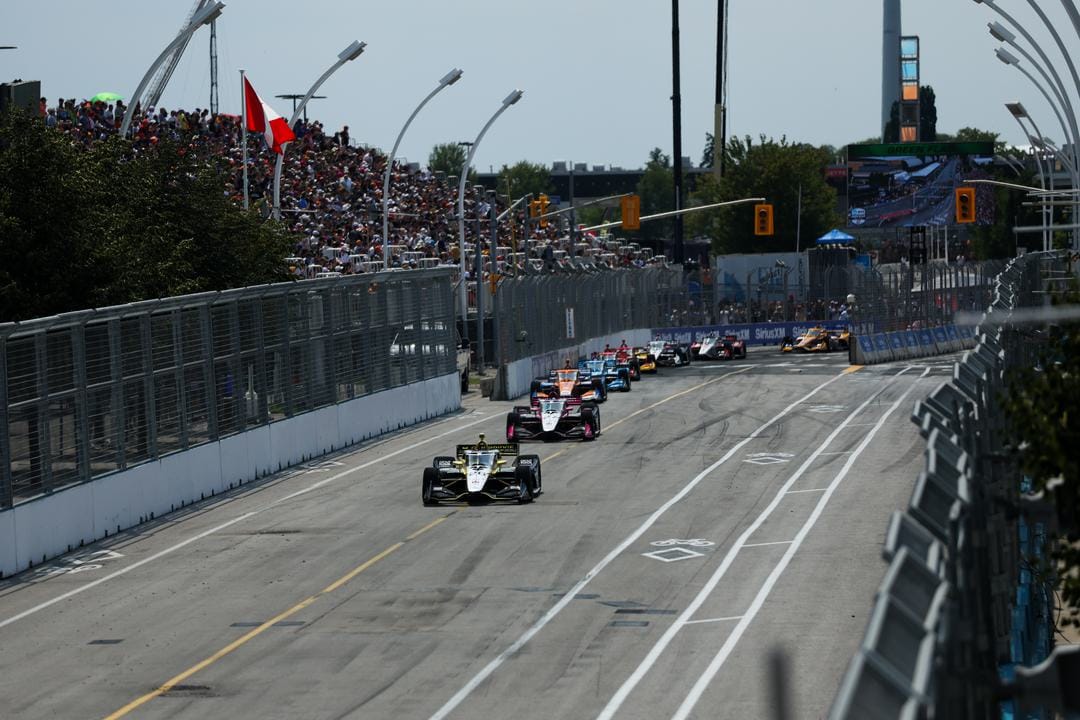
Instead of looking at stand-ins as people who just need to come in and do the bare minimum and bring the car home safely, if they are an experienced stand-in used to and excelling under these conditions, surely that would yield a better performance?
With $1m on the line for the top 22 entries - and many of the stand-ins over the past five years racing for those teams on the cusp of that 22 - surely just being better prepared makes sense?
In F1, sometimes teams have ignored their official reserve and chosen a different driver. That may undermine the argument of having one if that was the case in IndyCar, but it would be nice for McLaren for example to have had the option of an on-site established reserve ready to go to help make a decision on whether to fly Pourchaire across the Atlantic.
Drivers would get data from competing teams
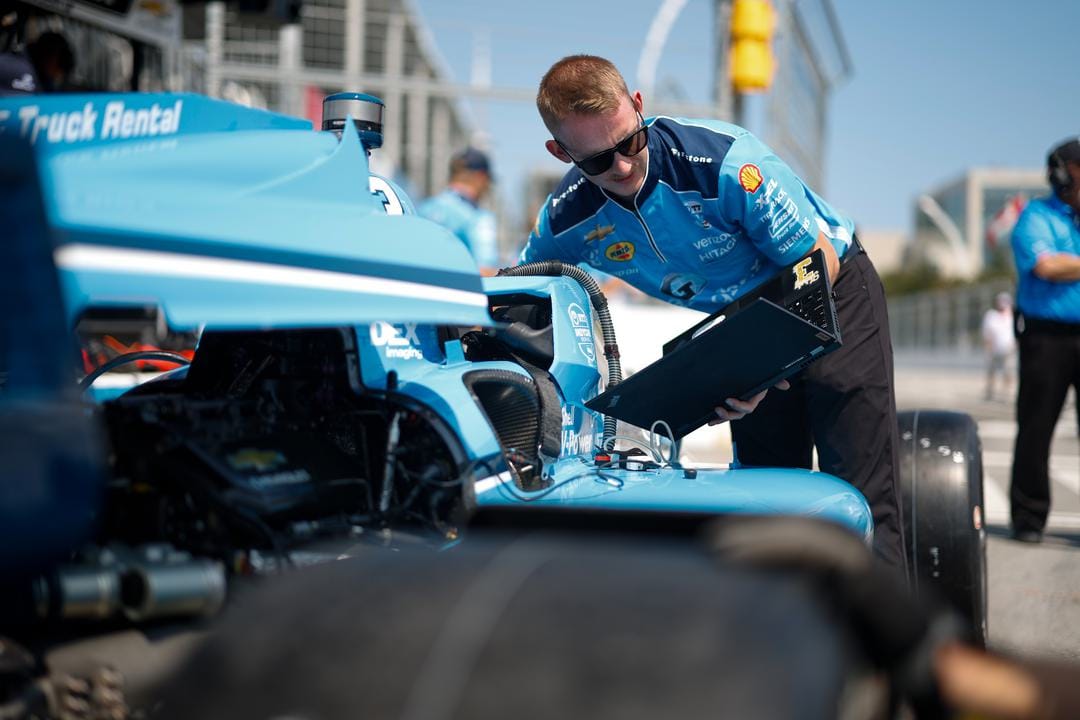
I understand that teams might not want an unknown driver jumping in and then potentially taking the knowledge earned to another team later in the year, especially if that driver then races for another manufacturer.
I’m not totally disagreeing that that would be a problem for teams to consider. But drivers and crew members switch teams often in IndyCar, it’s part of the game. And also, even without this new reserve driver set-up, you could employ a stand-in who then signs for another team later in the year.
It’s a fair downside to consider, but shouldn’t be a deciding one.
What would some of the benefits be for the drivers?
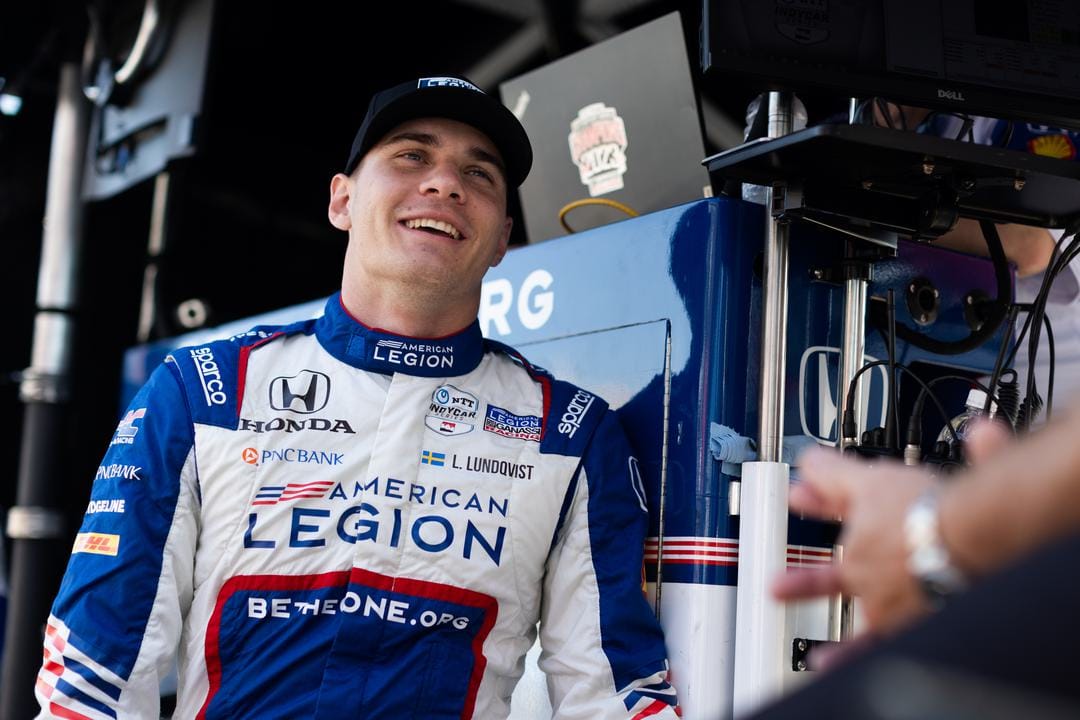
Being a back-up driver in IndyCar might be seen as detrimental to a driver's career prospects, but I don't necessarily think that's fair.
Look at this year's silly season. There's a host of brilliant drivers on the market and not enough seats, so someone has to miss out.
Remaining in the paddock would give any drivers not chosen for a seat the chance to keep face-time with the team bosses and be ready if an opportunity arose.
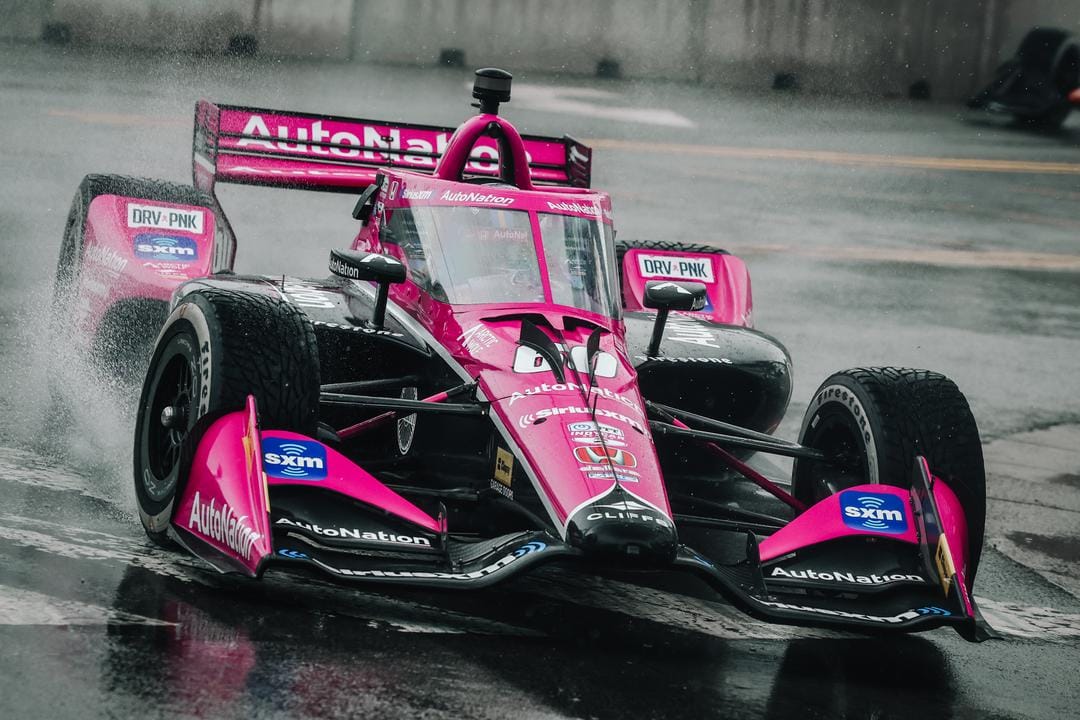
Look at what Linus Lundqvist did last year. He won Indy Lights (now Indy NXT) in 2022 but was out of a seat in 2023. Then in the space of a month after replacing Simon Pagenaud at Meyer Shank in the second half of last season he'd turned that into a 2024 seat at the top team in the series, Ganassi.
His story demonstrates the benefits of being an IndyCar stand-in.

